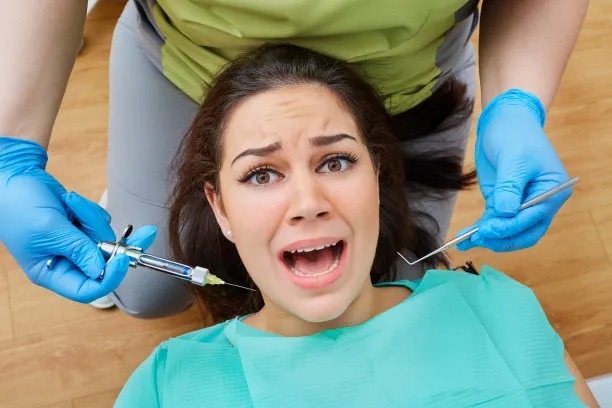The Essential Guide to Safely Extracting a Tooth and Promoting Dental Health Recovery
Summary: Tooth extraction can be a daunting experience, yet understanding its process and the subsequent recovery is crucial for maintaining dental health. This guide focuses on the safe extraction of a tooth and best practices for promoting a swift recovery. It covers practical steps for preparation before a tooth removal, techniques used during the extraction, post-operative care tips, and how to maintain dental health after the procedure. With the right knowledge and care, individuals can navigate tooth extraction smoothly while minimizing pain and promoting healing.
1. Preparation for Tooth Extraction

Before undergoing tooth extraction, it is essential to prepare both physically and mentally. Finding a qualified dentist is the first step; not all dental professionals use the same techniques or have the same level of experience. Researching credentials and reviews can build confidence in the decision-making process.
Next, discussing any medical conditions or medications with the dentist is crucial. Certain health issues may influence the extraction technique or recovery process. Full disclosure allows the dentist to tailor the approach, ensuring a safer experience.
Lastly, setting expectations around the procedure can help alleviate anxiety. Understanding what to expect regarding the timeline, possible complications, and post-operative care empowers patients and promotes a more relaxed mindset heading into the dental chair.
2. Techniques Used During Tooth Extraction
During the tooth extraction process, the dentist implements specific techniques based on the tooths condition and location. Simple extractions, for example, are performed on visible teeth that are easily accessible, typically using local anesthesia to numb the area. The dentist will use specialized instruments to gently loosen the tooth before removing it from the socket.
If the tooth is impacted or buried beneath the gum line, surgical extraction is necessary. This procedure often requires sedation to prevent discomfort. The dentist may need to make an incision in the gum or even break the tooth into pieces to facilitate removal.
Regardless of the approach, maintaining a sterile environment is vital. Overseeing hygiene practices during the procedure reduces the risk of infection post-extraction and ensures a smoother recovery.
3. Post-Operative Care for Recovery
After the extraction, following specific care guidelines is essential for promoting healing and reducing complications. Keeping gauze on the extraction site for several hours helps minimize bleeding. It’s crucial to avoid spitting or rinsing vigorously, as this can dislodge the blood clot that forms and leads to dry socket.
Managing pain is another important aspect of recovery. Over-the-counter pain relievers can help ease discomfort, but it’s advisable to follow the dentists recommendations regarding dosage and timing. Applying ice packs can also reduce swelling in the first 24 hours post-surgery.
A soft food diet is recommended as well. Consuming easy-to-chew and nourishing options like yogurt, smoothies, or mashed potatoes bolsters the bodys healing process while minimizing potential irritation to the extraction site.
4. Maintaining Dental Health After Extraction
Post-extraction dental care doesn’t end with the procedure; it plays a significant role in ensuring long-lasting oral health. Practicing good oral hygiene is vital. Gentle brushing and avoiding the extraction site for the first few days prevents disruption of healing while promoting cleanliness and preventing infection.
Staying hydrated and avoiding smoking or alcohol will further aid the recovery. These substances can interfere with the healing process and increase the risk of complications. Hydration is essential for overall health and can help speed up recovery.
Finally, scheduling a follow-up appointment allows the dentist to monitor the healing process. Any concerns, such as prolonged pain or swelling, can be addressed promptly. Regular dental check-ups after recovery will also ensure that the rest of ones oral health remains in check, aiding in overall wellness.
Summary:
Understanding tooth extraction is essential for an effective and low-pain experience. By preparing adequately, understanding the extraction techniques, adhering to post-operative care, and maintaining dental hygiene, individuals can successfully manage the extraction process while promoting optimal healing.
This article is compiled by Vickong Dental and the content is for reference only



